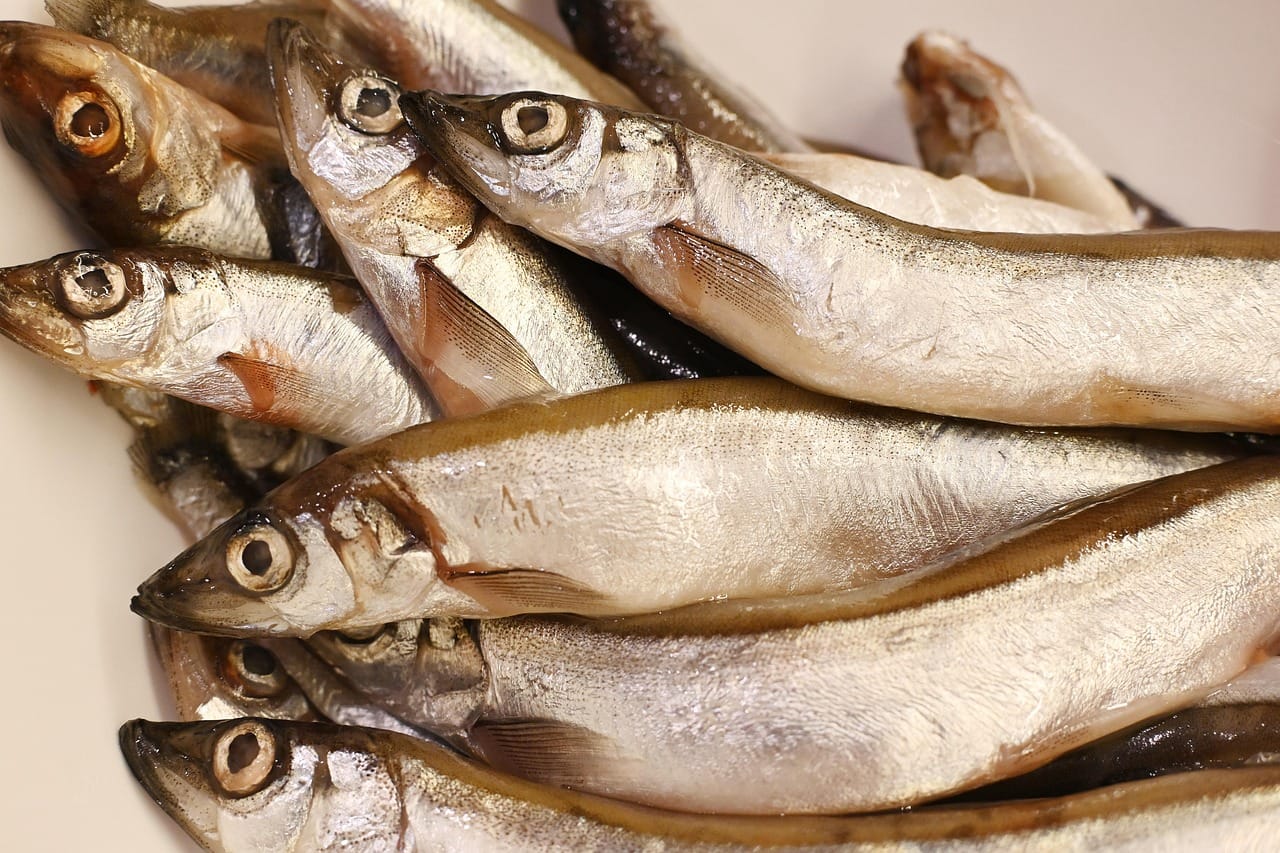Golden, fragrant, and utterly delicious, turmeric rice is more than just a side dish; it’s a vibrant culinary experience. This simple yet flavorful recipe elevates ordinary rice into a star, adding a touch of warmth, color, and healthful benefits to any meal. Whether you’re looking to impress guests or simply enhance your weeknight dinner, turmeric rice is a guaranteed crowd-pleaser. Let’s explore how to make the perfect batch and delve into its fascinating benefits.
The Allure of Turmeric Rice: Why Choose It?
Flavor and Aroma Enhancement
Turmeric rice isn’t just about adding color; it’s about introducing a subtle yet profound flavor profile to your rice. The earthy, slightly peppery taste of turmeric complements a wide array of dishes, from grilled chicken and fish to vegetarian curries and stir-fries. The aroma alone is enough to awaken the senses and tantalize the taste buds.
- Adds a warm, earthy flavor to rice.
- Creates an enticing aromatic experience.
- Pairs well with various cuisines and protein sources.
Example: Try serving turmeric rice alongside grilled lemon-herb chicken for a light and refreshing meal. The turmeric will perfectly complement the citrus notes of the chicken.
Health Benefits of Turmeric
Turmeric boasts powerful anti-inflammatory and antioxidant properties, thanks to its active compound, curcumin. Including turmeric rice in your diet is a delicious way to reap these health benefits.
- Potential anti-inflammatory effects due to curcumin.
- Rich in antioxidants, which protect against cell damage.
- May contribute to improved brain function and heart health (research ongoing).
Did you know? Studies suggest that curcumin can help manage symptoms of arthritis and other inflammatory conditions. While turmeric rice is not a cure, it can be a valuable addition to a healthy, balanced diet.
Visual Appeal and Presentation
The vibrant yellow hue of turmeric rice instantly transforms a bland plate into a visually appealing masterpiece. This makes it an excellent choice for entertaining or simply adding a touch of elegance to your everyday meals.
- Adds a beautiful golden color to your dish.
- Enhances the overall presentation of the meal.
- Makes food more visually appealing and appetizing.
Pro Tip: Garnish your turmeric rice with fresh cilantro or chopped green onions to create an even more visually stunning presentation.
Mastering the Turmeric Rice Recipe: A Step-by-Step Guide
Choosing the Right Rice
The type of rice you choose will significantly impact the final texture and flavor of your turmeric rice. Long-grain rice like basmati or jasmine is generally preferred for its fluffy and separate grains.
- Basmati Rice: Known for its delicate aroma and long, slender grains. Ideal for a light and fluffy texture.
- Jasmine Rice: Features a subtle floral aroma and slightly sticky texture. Adds a touch of sweetness to the rice.
- Medium-Grain Rice: Can be used, but will result in a slightly stickier texture.
Example: Basmati rice is a popular choice for Indian-inspired dishes, while jasmine rice pairs well with Southeast Asian cuisine.
Essential Ingredients and Quantities
Here’s a basic recipe for making delicious turmeric rice:
- 1 cup long-grain rice (basmati or jasmine)
- 2 cups water or broth (chicken or vegetable)
- 1 tablespoon olive oil or coconut oil
- 1 teaspoon turmeric powder
- ½ teaspoon salt (or to taste)
- Optional: ¼ teaspoon garlic powder, pinch of black pepper
Tip: Adding a pinch of black pepper enhances the absorption of curcumin in turmeric, maximizing its health benefits.
Cooking Instructions: Stove-Top Method
The stove-top method is a classic and reliable way to cook turmeric rice.
Important: Avoid lifting the lid during the simmering process, as this can release steam and affect the cooking time.
Alternative Cooking Methods: Rice Cooker and Instant Pot
For convenience, you can also use a rice cooker or Instant Pot.
- Rice Cooker: Follow the manufacturer’s instructions for cooking rice, adding the turmeric and salt along with the rice and water.
- Instant Pot: Combine all ingredients in the Instant Pot. Cook on high pressure for 4 minutes, followed by a 10-minute natural pressure release.
Tip: When using an Instant Pot, use slightly less water than you would for the stove-top method. A ratio of 1 cup rice to 1.75 cups water is usually sufficient.
Creative Variations and Add-Ins
Adding Aromatics and Spices
Experiment with different aromatics and spices to customize your turmeric rice. Consider adding:
- Bay leaf: Infuses a subtle herbal note.
- Ginger: Adds a spicy and zesty flavor.
- Cinnamon stick: Provides a warm and comforting aroma.
- Cardamom pods: Imparts a sweet and fragrant flavor.
Example: For a Moroccan-inspired dish, add a cinnamon stick and a few cardamom pods to your turmeric rice.
Incorporating Vegetables and Herbs
Enhance the nutritional value and flavor of your turmeric rice by adding vegetables and herbs. Some popular choices include:
- Peas: Adds a touch of sweetness and vibrant color.
- Carrots: Provides a subtle sweetness and crunchy texture.
- Cilantro: Adds a fresh and citrusy flavor.
- Parsley: Offers a mild and herbaceous taste.
Pro Tip: Sauté the vegetables in the oil before adding the rice and water to enhance their flavor.
Using Broth Instead of Water
Substituting water with broth (chicken or vegetable) adds depth and richness to the flavor of your turmeric rice.
- Chicken broth: Adds a savory and umami flavor.
- Vegetable broth: Provides a lighter and more subtle flavor.
Example: Using chicken broth can elevate your turmeric rice when serving it as a side dish to roasted chicken or grilled fish.
Serving and Storing Turmeric Rice
Complementary Dishes
Turmeric rice is a versatile side dish that pairs well with a variety of cuisines and dishes, including:
- Indian curries (e.g., chicken tikka masala, vegetable korma)
- Middle Eastern dishes (e.g., shawarma, kebabs)
- Southeast Asian cuisine (e.g., stir-fries, satay)
- Grilled or roasted meats and vegetables
Example: Serve turmeric rice with a flavorful coconut curry for a satisfying and complete meal.
Storage Tips
Properly stored turmeric rice can last for several days in the refrigerator.
- Allow the rice to cool completely before storing it in an airtight container.
- Store in the refrigerator for up to 3-4 days.
- Reheat in the microwave or on the stovetop, adding a splash of water or broth to prevent drying.
Tip: To avoid bacterial growth, do not leave cooked rice at room temperature for more than two hours.
Freezing Instructions
For longer storage, you can freeze turmeric rice.
- Spread the cooled rice in a single layer on a baking sheet and freeze for about an hour. This prevents the rice from clumping together.
- Transfer the frozen rice to a freezer-safe bag or container.
- Freeze for up to 2-3 months.
- Reheat in the microwave or on the stovetop, adding a splash of water or broth to help rehydrate the rice.
Conclusion
Turmeric rice is a simple yet impactful way to elevate your meals. With its vibrant color, subtle flavor, and potential health benefits, it’s a versatile addition to any kitchen. Whether you’re a seasoned cook or just starting out, mastering this recipe is a rewarding culinary endeavor. So, grab your ingredients and get ready to enjoy a bowl of golden goodness! Experiment with different variations and find your perfect turmeric rice recipe today.




